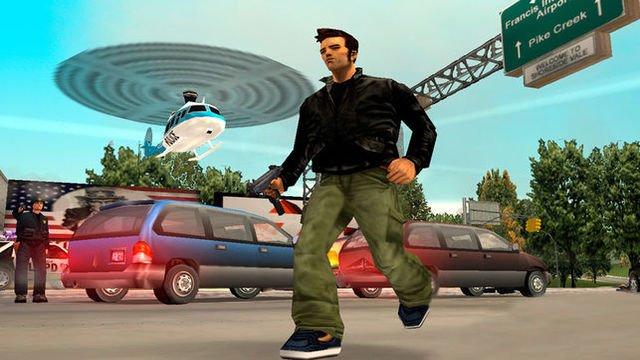Sequels of beloved franchises have to change to keep up with standards. And while sequels are quite commonplace in this medium, producing a sequel that takes a franchise in a completely different direction is oftentimes a rarity. Developers love to stick to what they know best but sometimes series can benefit greatly from trying something new. The video game sequels below are all evidence of risky chances that winded up paying off.
Video Game Sequels Different From The Originals: Grand Theft Auto III
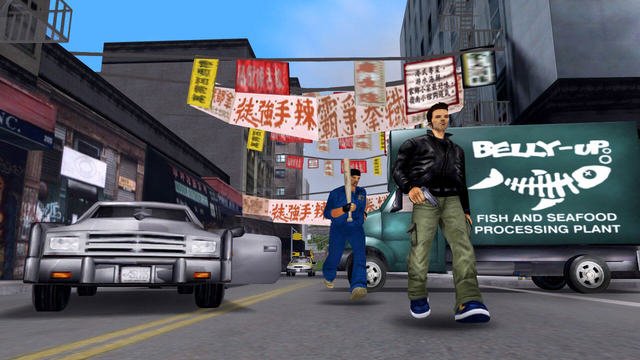
The original Grand Theft Auto games were top-down driving titles that sent players on quests around a 2D city. Though not bad games by any stretch of the imagination, the titles left a little to be deserved from a narrative standpoint. Gameplay was also quite repetitive, as players essentially performed the same driving tasks over and over again. Grand Theft Auto III, however, changed all of this.
Eschewing the top-down perspective in favor of a closer third-person view, fans were given the opportunity to explore a fleshed out 3D version of New York City, appropriately dubbed Liberty City in-game. Plenty of NPCs, diverse crime missions, and an engaging story of betrayal rounded out the entire package, catapulting the franchise into the best-seller category it still enjoys today.
Video Game Sequels Different From The Originals: Zelda II
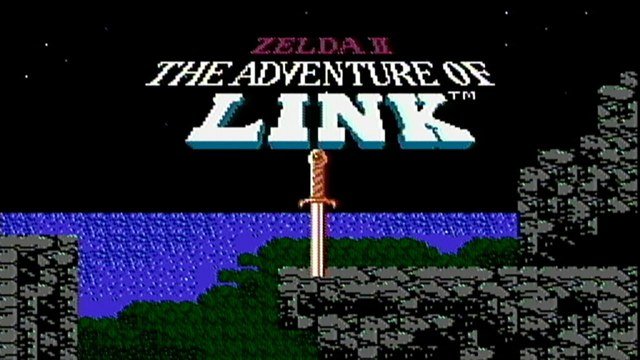
Zelda II was a complete departure from the original Legend of Zelda in that it too gave fans a completely different perspective to engage with. While the top-down camera angle was preserved from the original game, this was only relegated to navigating Zelda II‘s overworld. Levels placed Link in side-scrolling environments much in the same vein as the Castlevania games of the time.
Players had to rely on RPG elements such as talking to NPCs to determine where they needed to go next. Additionally, experience was gained by participating in strategic fights with opponents scattered around the world, the likes of which could only be defeated by using a combination of magic spells and physical sword attacks. Zelda II was much more complex than its predecessor, rewarding fans who were growing up with the series concurrently.
Video Game Sequels Different From The Originals: Resident Evil 4
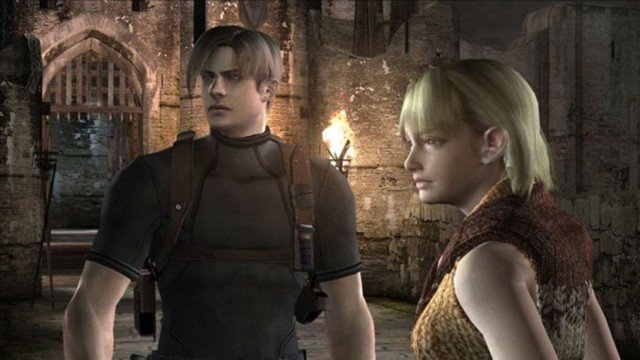
The Resident Evil franchise’s evolution as a series is quite interesting to examine in the present day. Though the most recent iteration, Resident Evil 7, features a first-person perspective, the series has traditionally always produced third-person horror experiences. Though Resident Evil 4 preserved this perspective, it can be argued that the game maintained little else from prior iterations.
This fourth main entry decided to shift the camera focus closer to protagonist Leon Kennedy, opened up the field of view when players draw their weapons and aim in the space in front of them. Gone were the tight corridors and tank controls of yesteryear. Resident Evil 4 went on to not only revolutionize the famous series, but the entire concept of third-person perspectives, influencing such titles as Batman: Arkham Asylum, The Last of Us, Grand Theft Auto, Fallout, and more.
Video Game Sequels Different From The Originals: Star Fox Adventures

Whereas the original Star Fox and Star Fox 64 put players into the cockpit of an Arwing, Star Fox Adventures took the series in a completely different direction by mainly focusing on on-foot missions. Originally designed as its own distinct series by Rare, Nintendo decided it best to simply set the title within the Star Fox universe given the fact that each concept relied upon anthropomorphized animals.
Its gameplay was highly influenced by The Legend of Zelda: Ocarina of Time and relegated Arwing missions to small mini-games. Though critics received the title well and praised it for its graphics, Star Fox Adventures remains a controversial game for it being the last title that Rare developed before leaving its partnership with Nintendo and joining Microsoft.
Video Game Sequels Different From The Originals: Red Dead Redemption
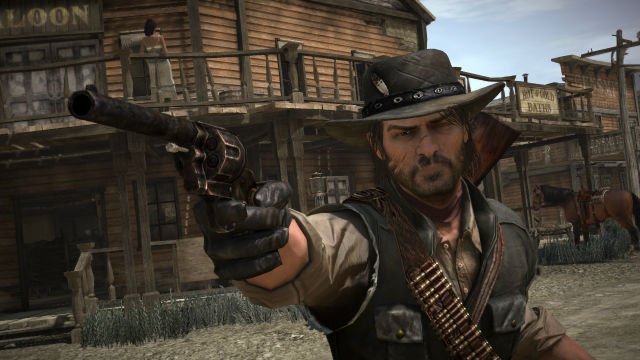
The original Red Dead Revolver was a third-person cowboy shooter portraying an outlaw on a quest for revenge. Environments were large but limited, optional interactions with other characters were sparse, and the plot was pretty one-note. Red Dead Redemption took the concept of the series and expanded it tenfold when it released half a decade later in 2010 as one of Rockstar’s newly acquired properties.
A formula reminiscent of Grand Theft Auto could be found in nearly aspect the title had to offer, though the game never broke its Wild West immersion. This open world came alive with characters that talked and behaved in ways that made sense. The generic storyline of Revolver was replaced by an emotional narrative that let players take part in it in between exploring everything the game had to offer. Red Dead Redemption completely changed its series as assuredly it did an entire genre.
Video Game Sequels Different From The Originals: Fallout 3

The first two Fallout games were very nerdy, turn-based combat strategy games relegated to PC audiences. Fallout 3 marked a complete departure, embracing action-heavy gameplay in a massive open-world map, thus letting its 2D isometric roots fall to the wayside. This real-time combat was unlike anything the industry had seen until that point, as Fallout 3 introduced the impressive V.A.T.S. system to fans for the first time.
Though its hard to notice any similarities between the series’ third iteration and the original two games, a level of careful decision-making was preserved by way of customizable RPG mechanics and sophisticated dialogue options. There’s no telling whether fans will ever ever see as drastic a change when the inevitable Fallout 5 comes out, though it’s good to know that Bethesda is willing to take risks.
Video Game Sequels Different From The Originals: Metal Gear Solid
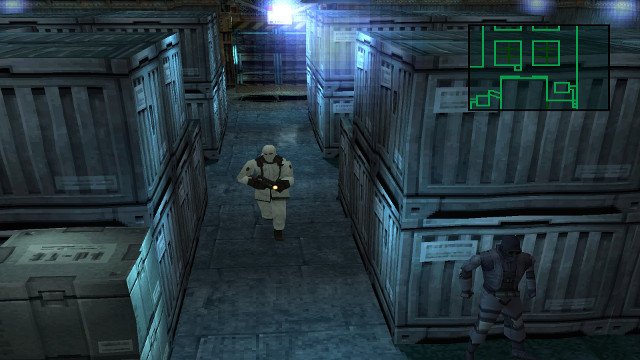
Many gaming fans today don’t realize that Metal Gear Solid was actually the third iteration in the long-running Metal Gear franchise. Indeed, the original Metal Gear released for the MSX back in 1987 and stood out from other games at the time for its heavy reliance on stealth instead of action. Though Metal Gear Solid and its follow-ups didn’t diverge from that fundamental concept, nearly ever other aspect did.
In Solid and its sequels, players must navigate complex 3D environments and use a litany of tools in their arsenal to avoid attention from patrolling enemies (like cardboard boxes). Each games introduced players to its own cast of complex but sinister bosses, too, all while providing a narrative that’s surprisingly emotional and silly. Metal Gear Solid‘s moments are among some of the most legendary in the industry as a whole, and it’ll be interesting to see what Konami does with the franchise going forward.
In the case of most of the games above, sometimes risks are worth it. While some make full use of the technological capabilities available at the time, it can be argued that many did not need to do that in order to be successful. Instead of resting on their laurels, however, many of these developers decided to go above and beyond what was expected of them, and continue to reap the rewards of doing so to this day.
